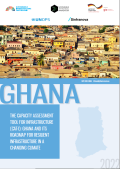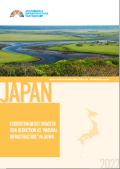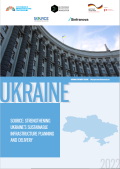
The case study details Egypt's progress in water sanitation, focusing on the rural regions where decentralized sanitation planning and pro-poor strategies for funding have promoted sanitation infrastructure that meets the social needs of the underdeveloped communities in the Nile Delta.
In the last two decades, 98% of Egypt’s population has safely managed drinking water while, overall, 65% of the population now has access to safely managed sanitation services. However, the coverage and quality of sanitation services remains uneven. Only 47% of rural households had access to improved sanitation services in 2021. Furthermore, limited or ineffective investment in the existing rural water and sanitation infrastructure – as well as poor management – has meant it is often hazardous to local environments and fails to meet social needs. With rural populations growth, traditional infrastructures for handling waste have become insufficient. This means untreated sewage flows into streets and vital freshwater sources, local environments become polluted and communities are left vulnerable to pathogens and diseases.
To address these challenges, in 2016, Egypt piloted a new decentralized service delivery model through the Sustainable Rural Sanitation Services Programme (SRSSP).
Guiding principle #6 Equity, Inclusiveness and Empowerment, from the International Good Practice Principles for Sustainable Infrastructure.




